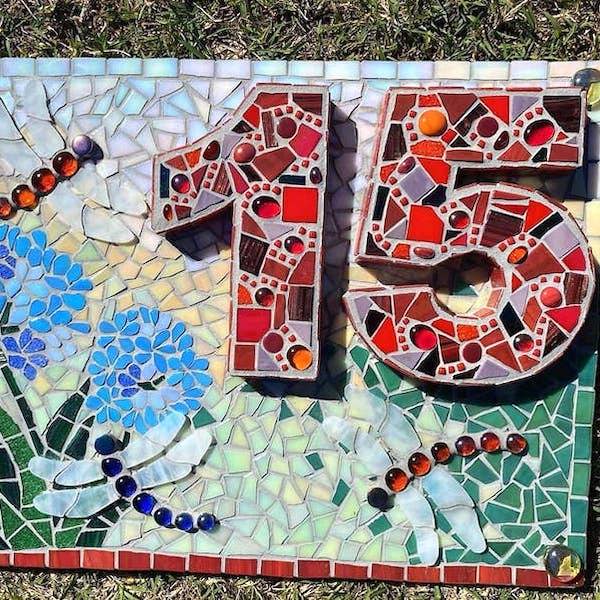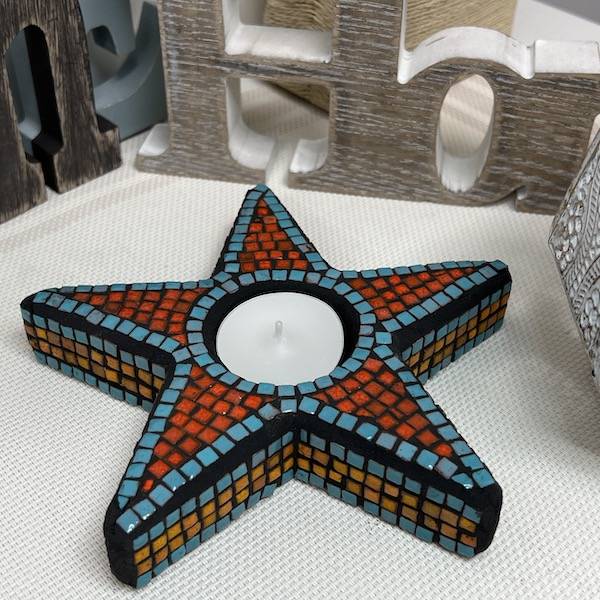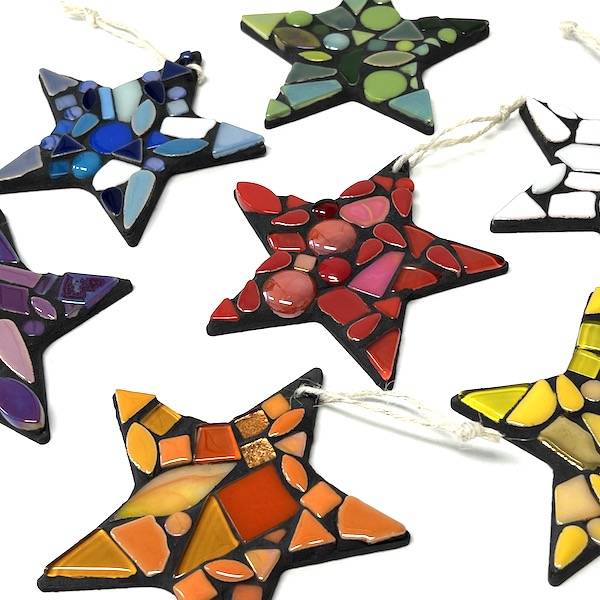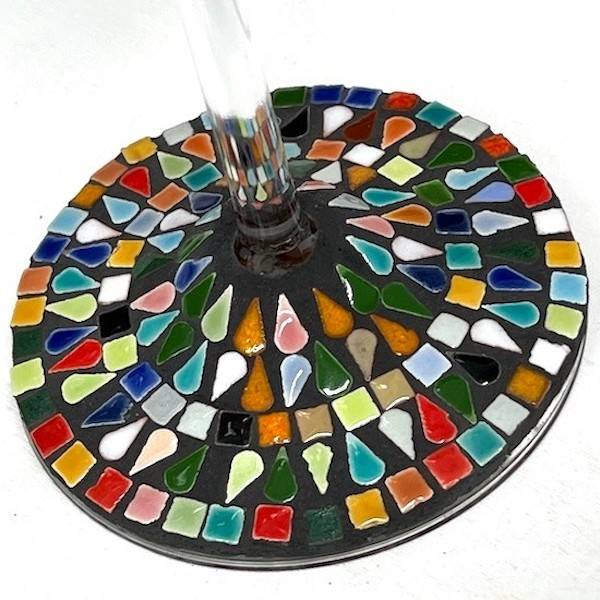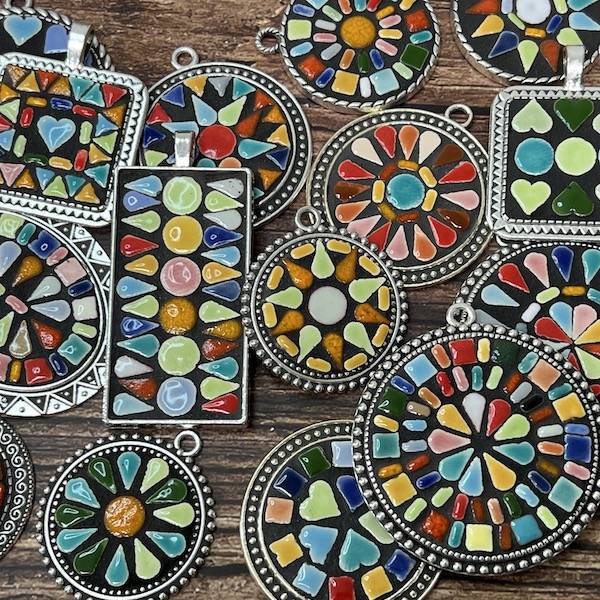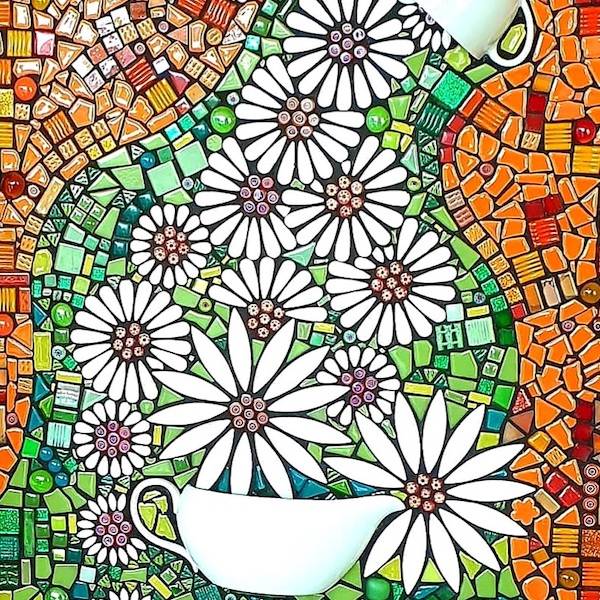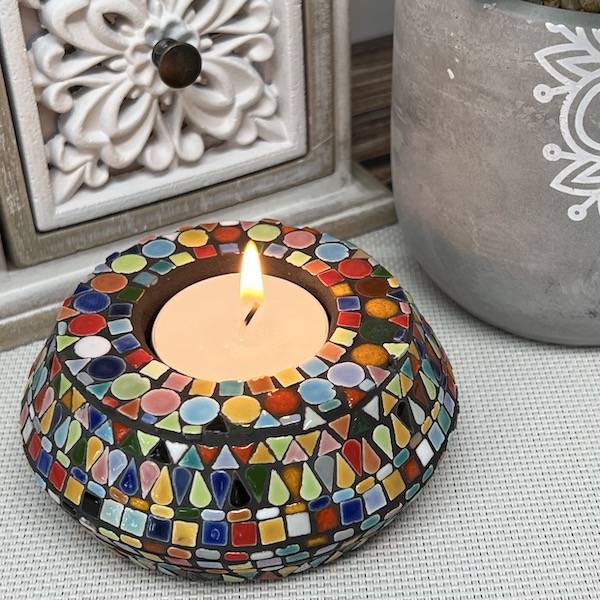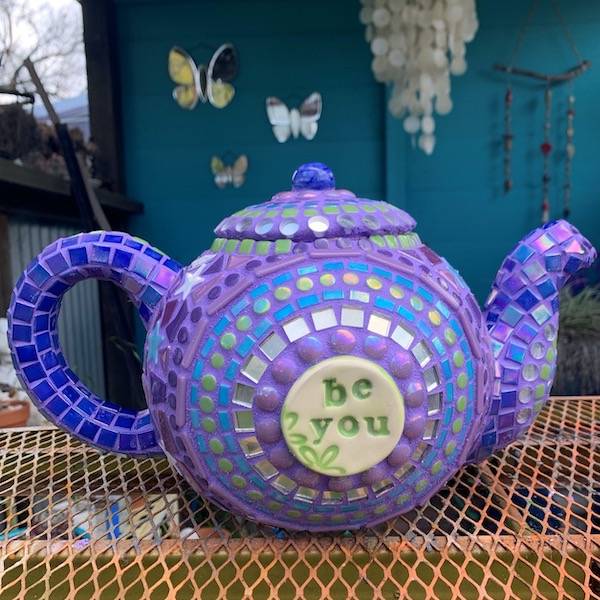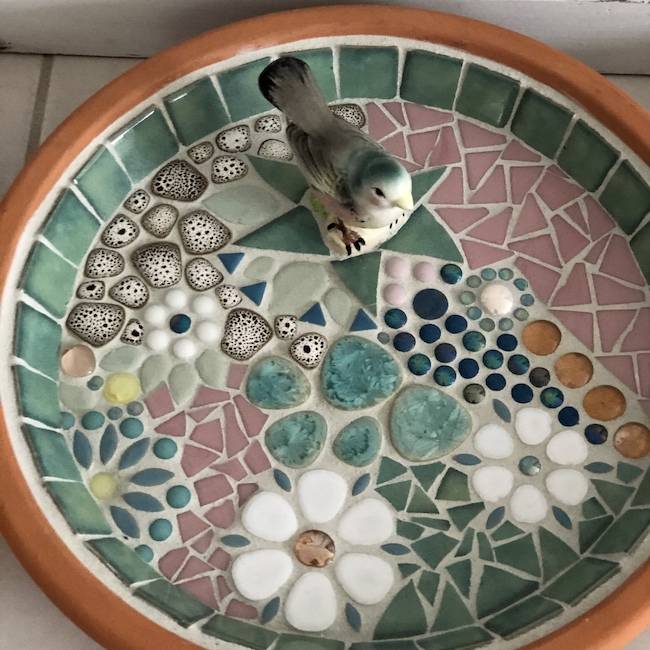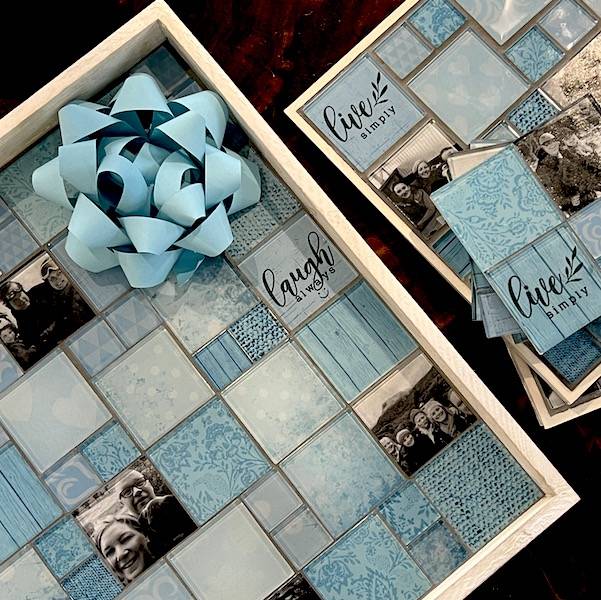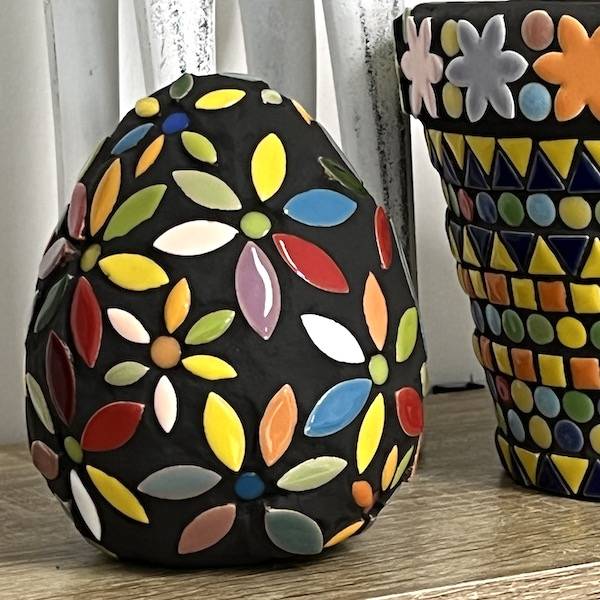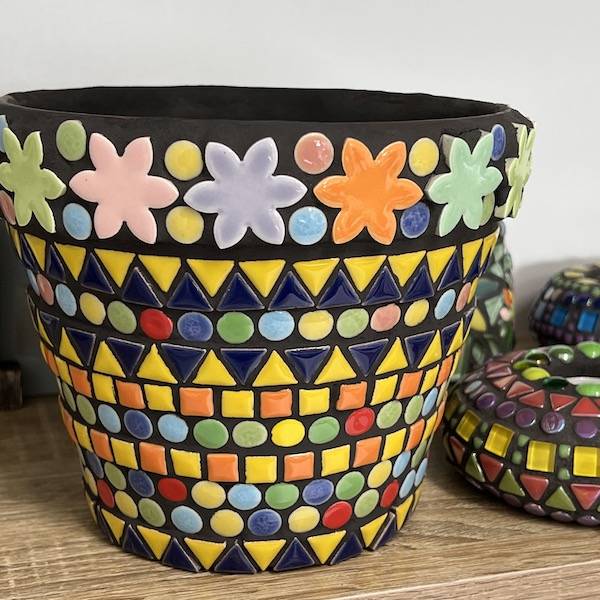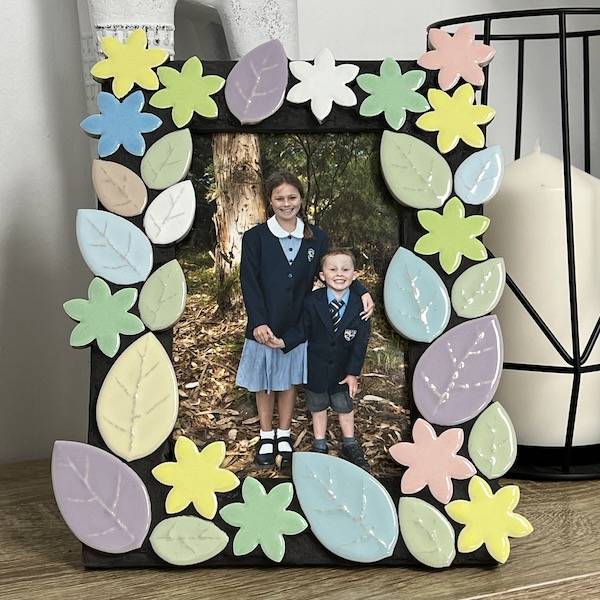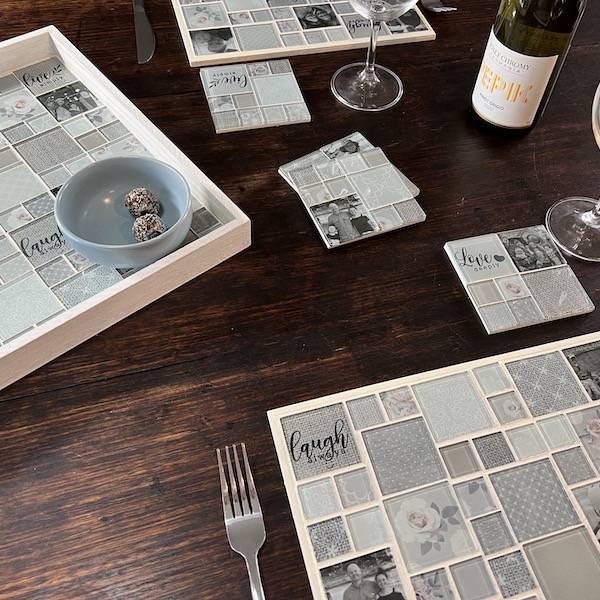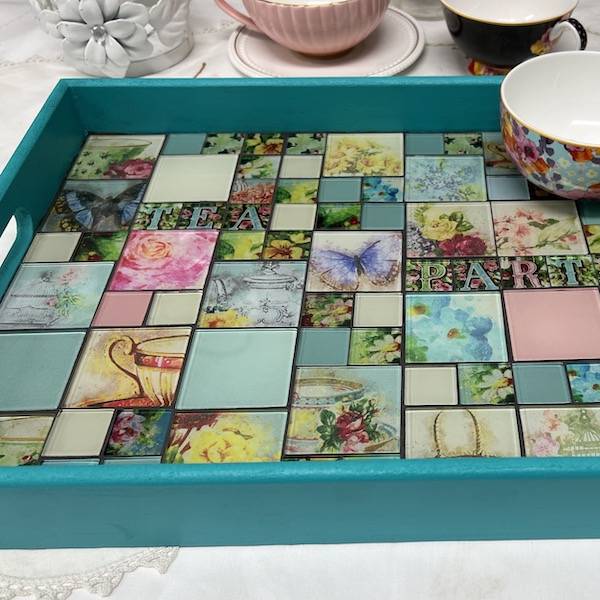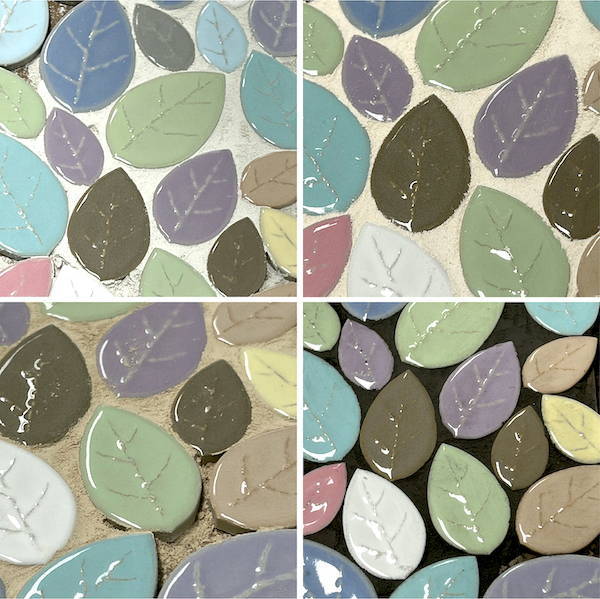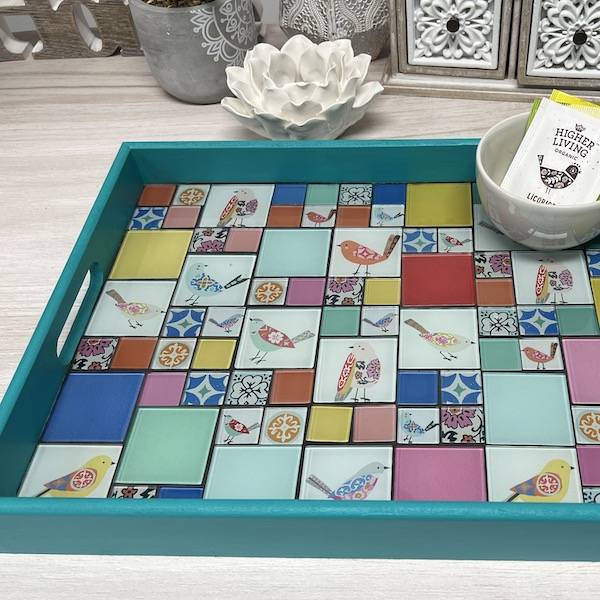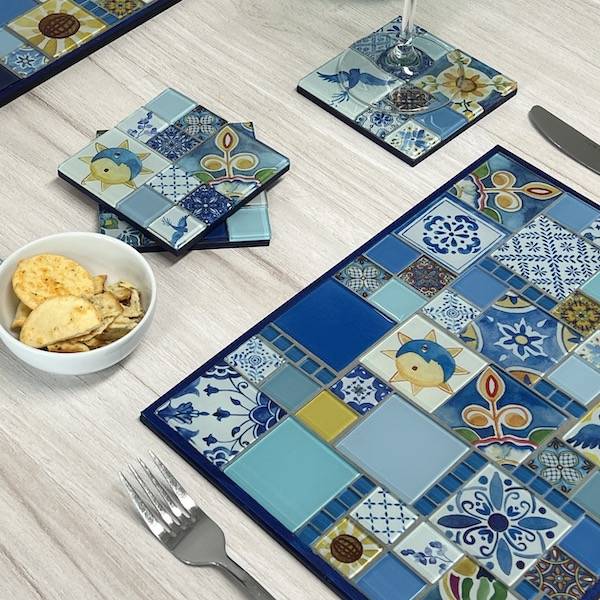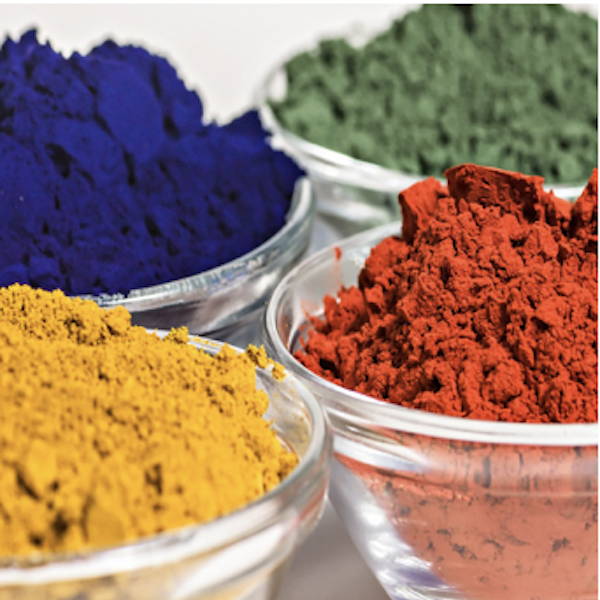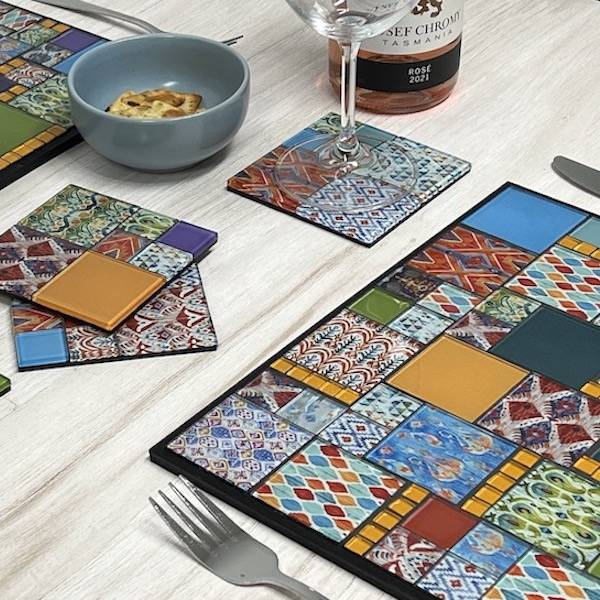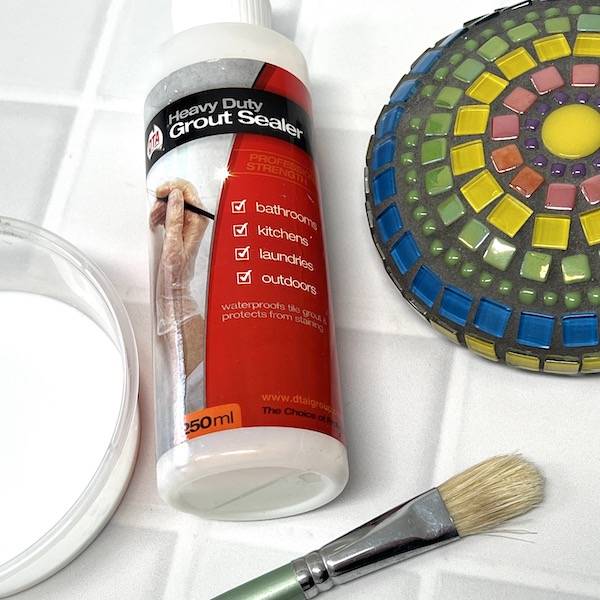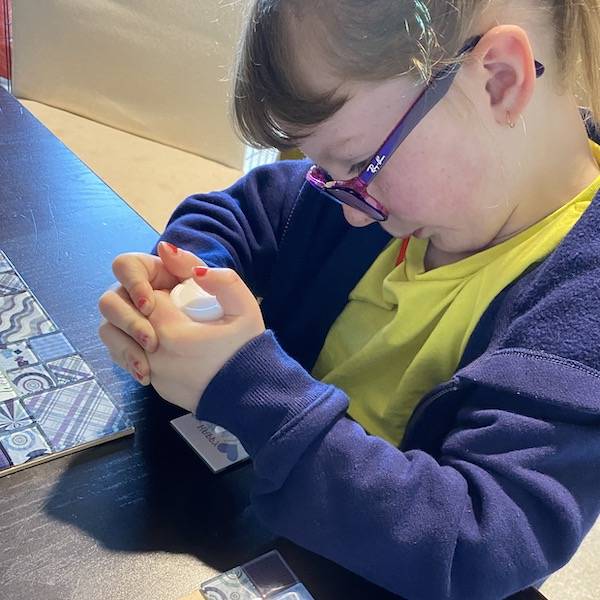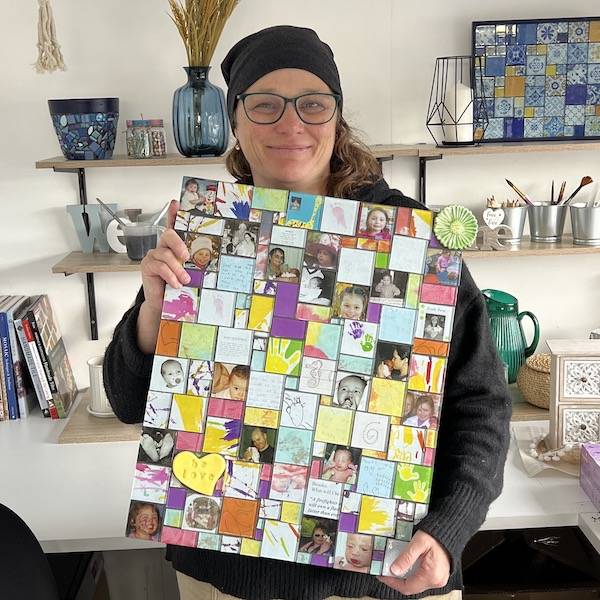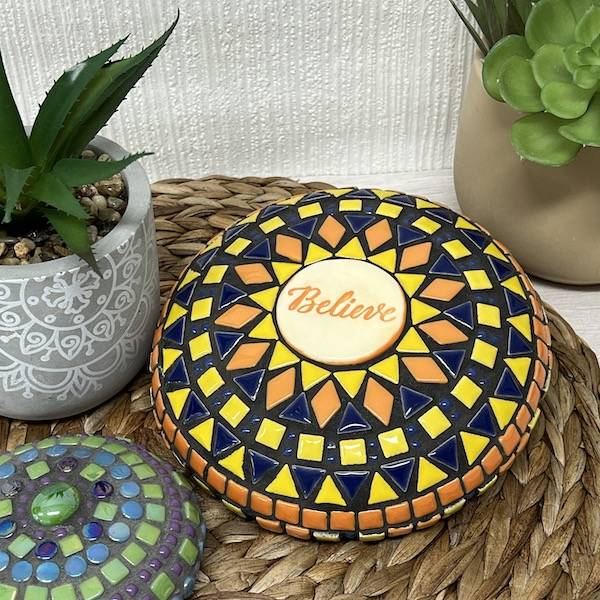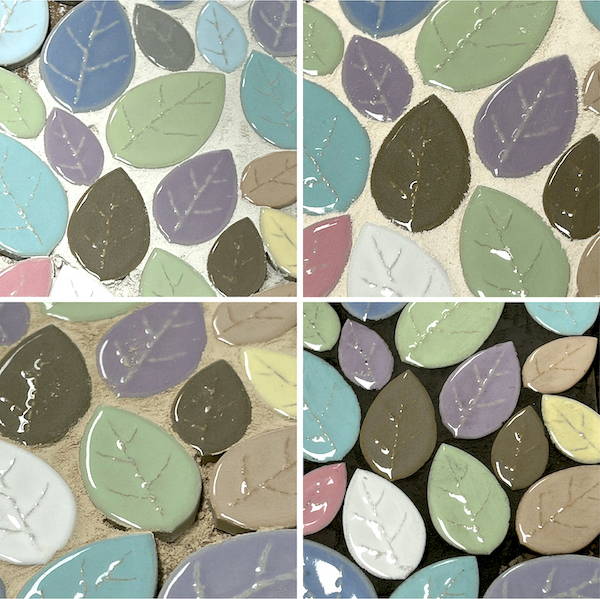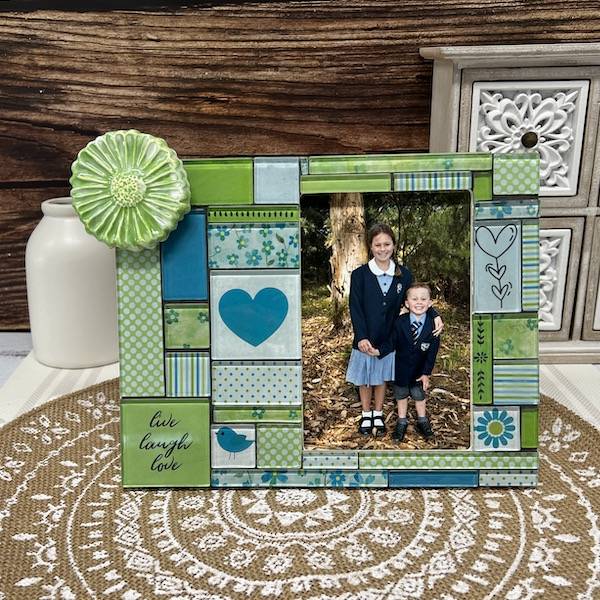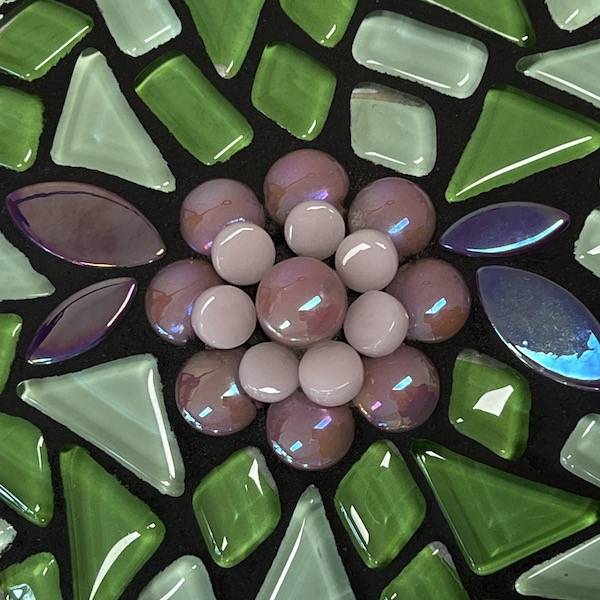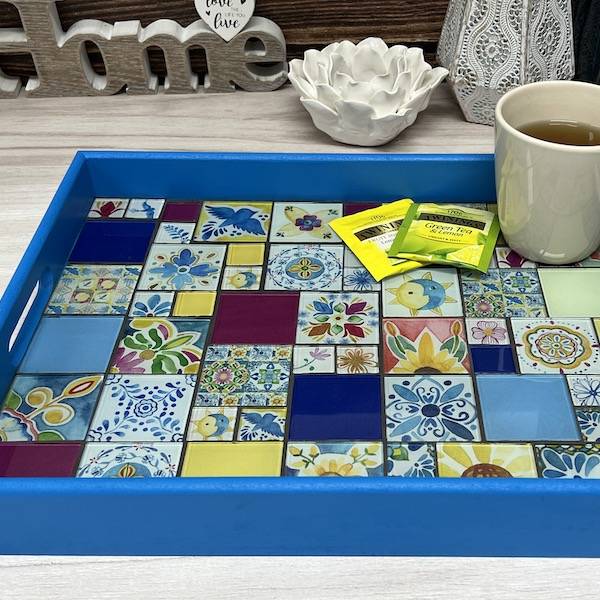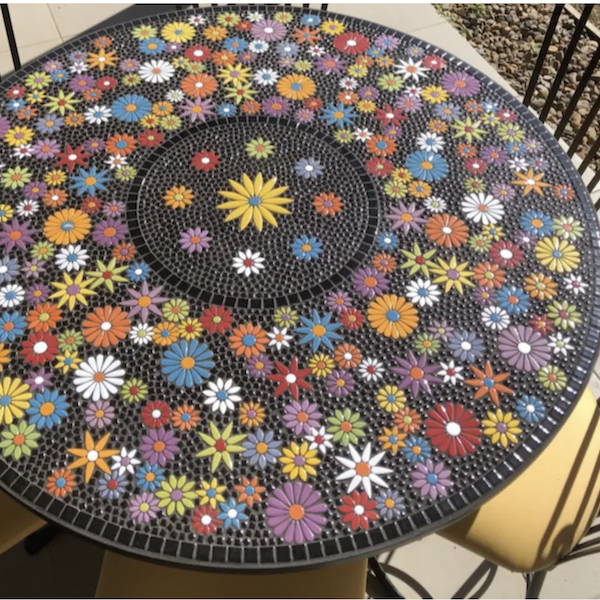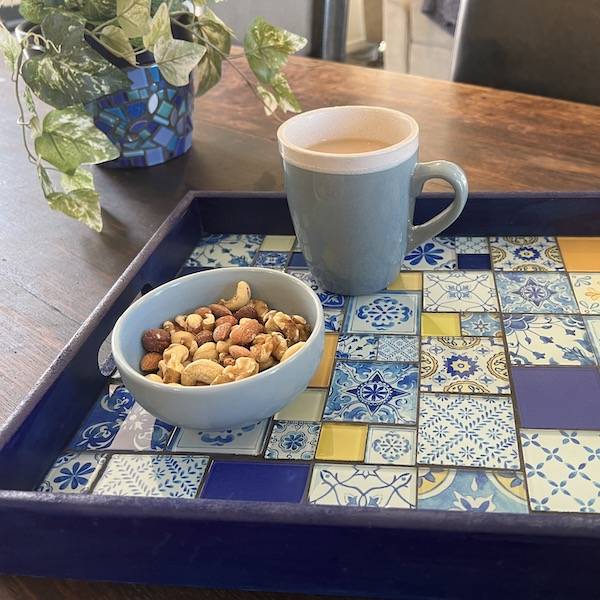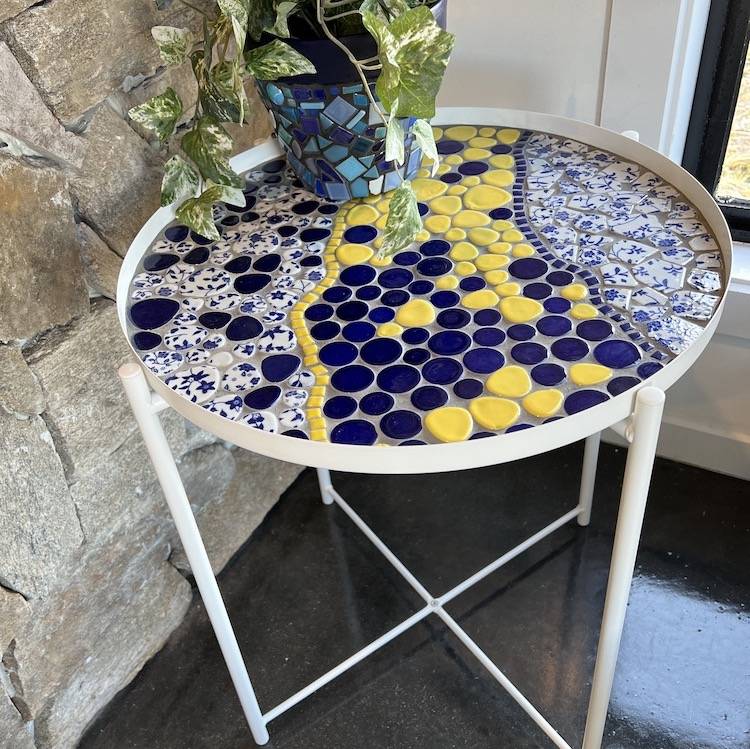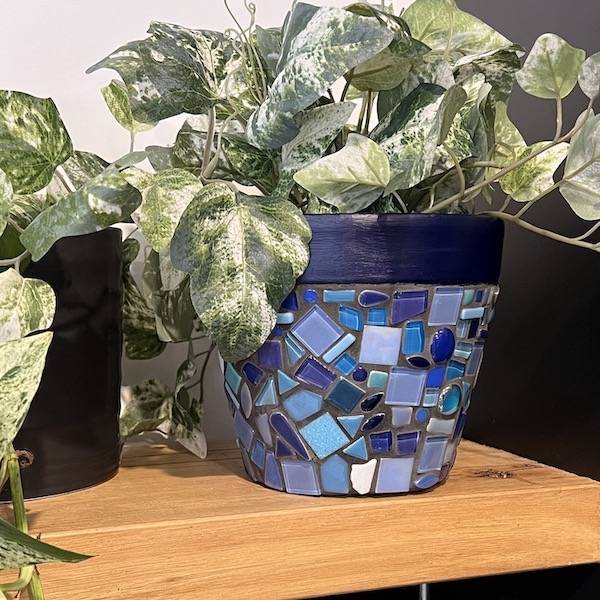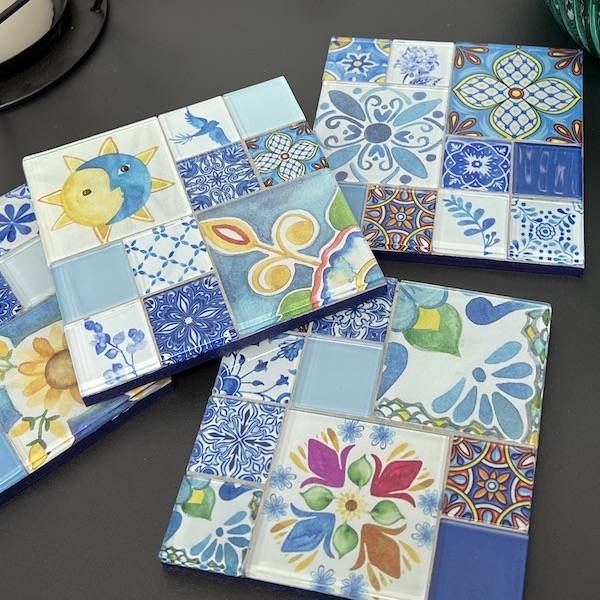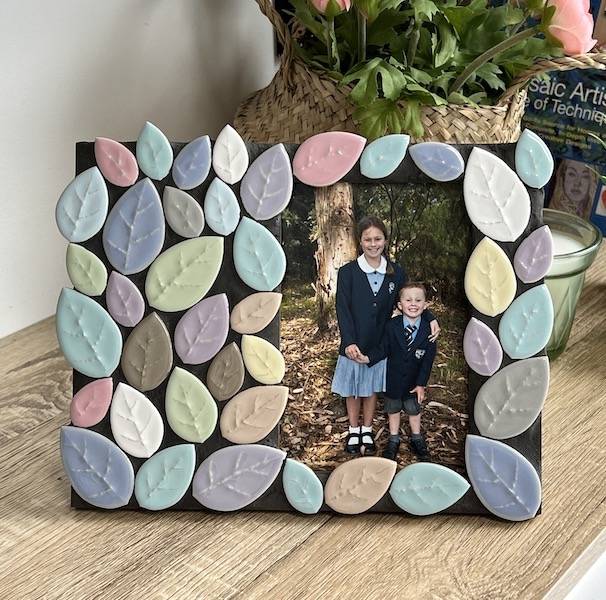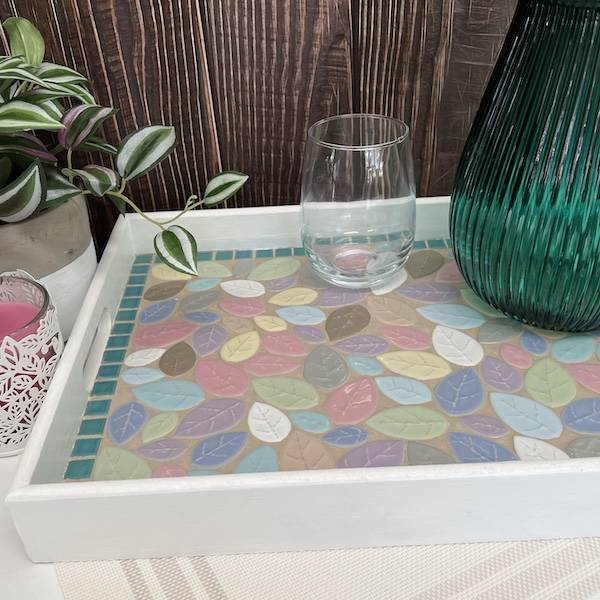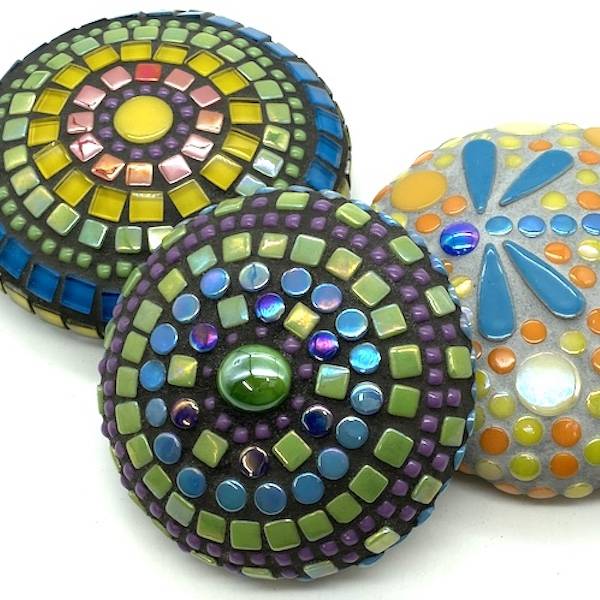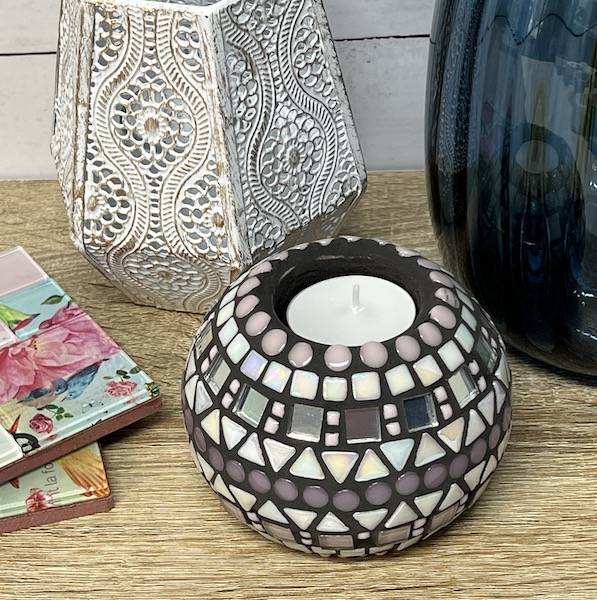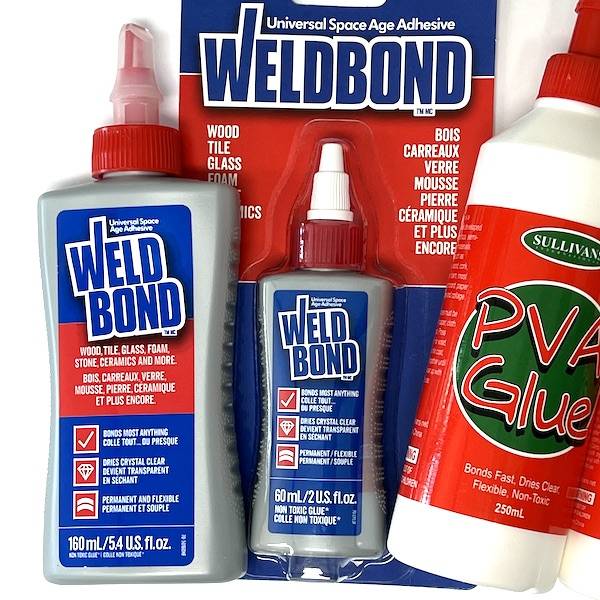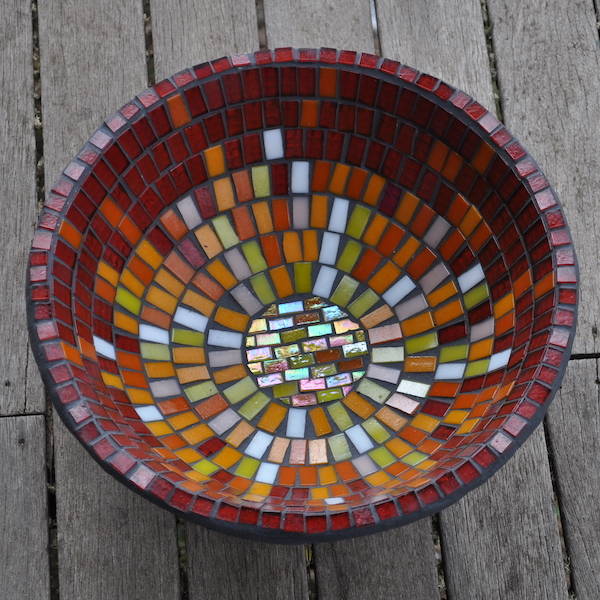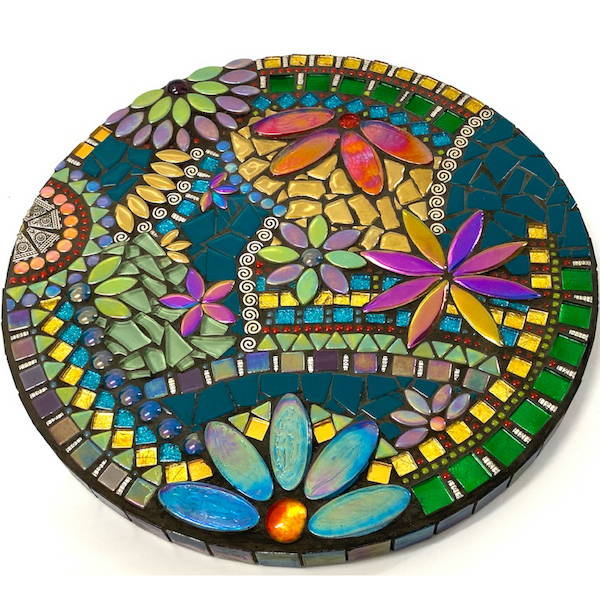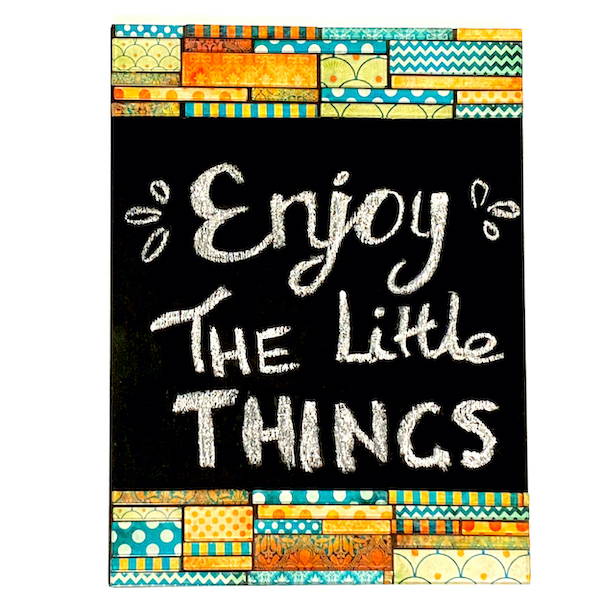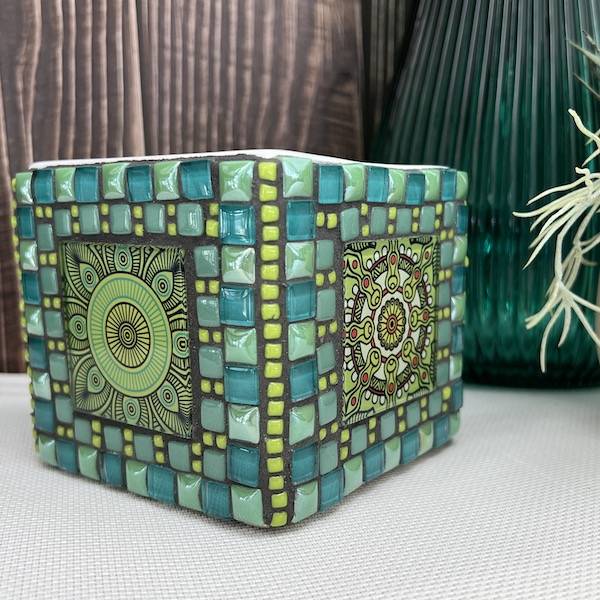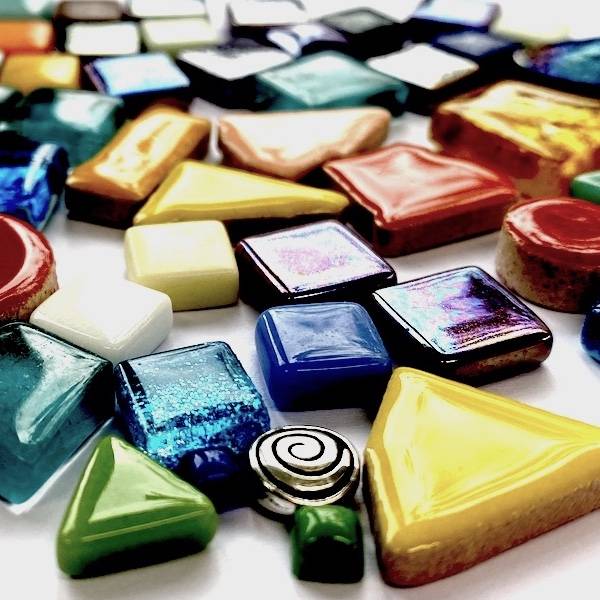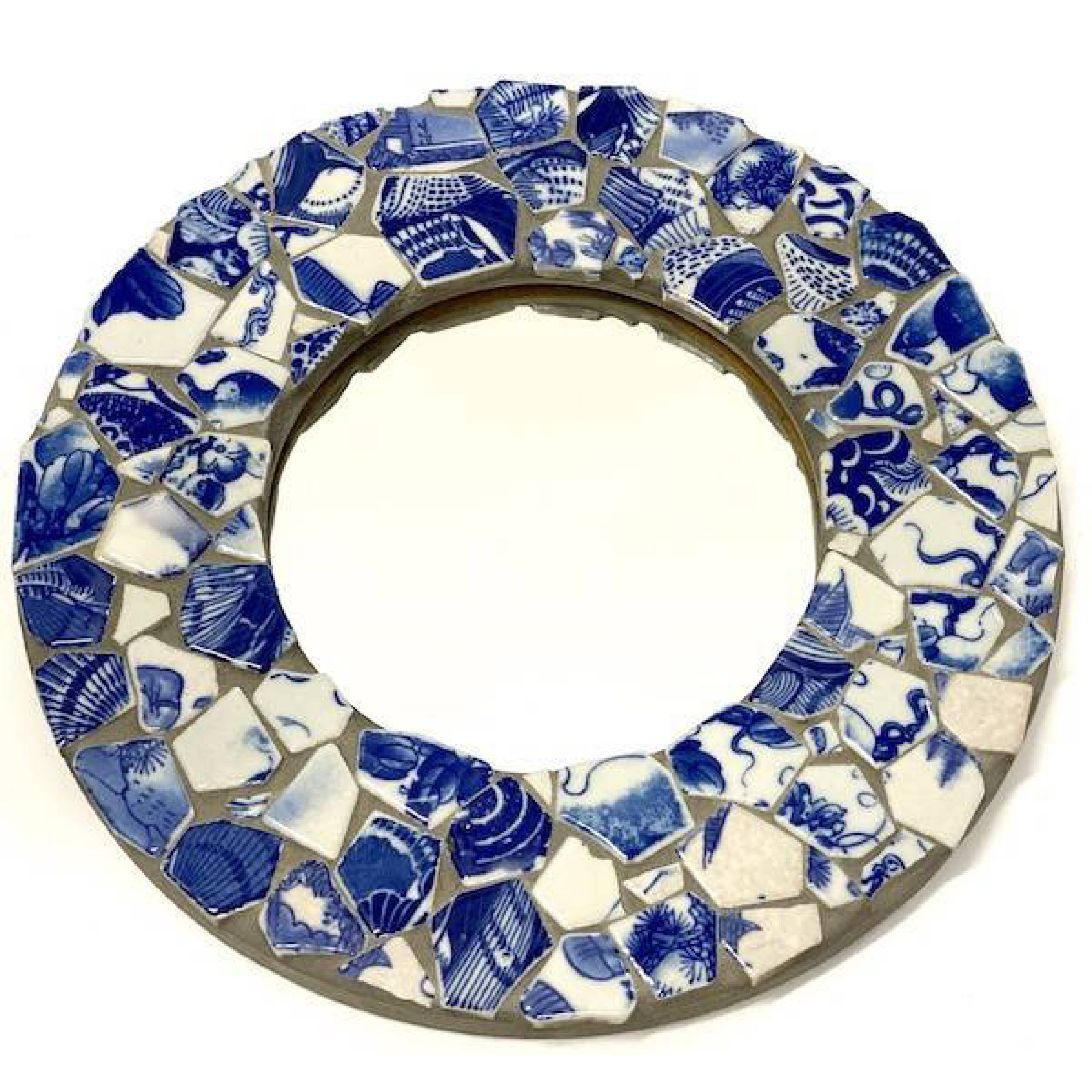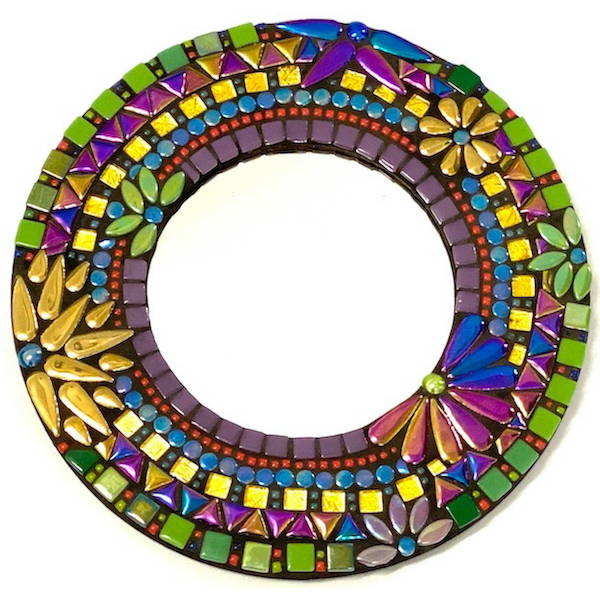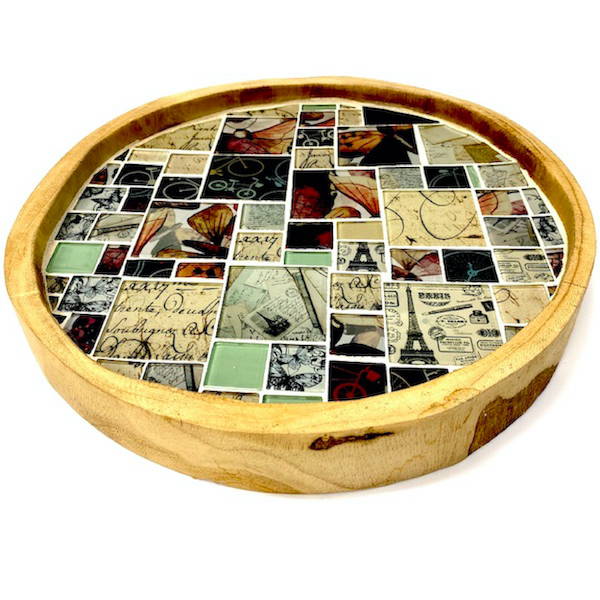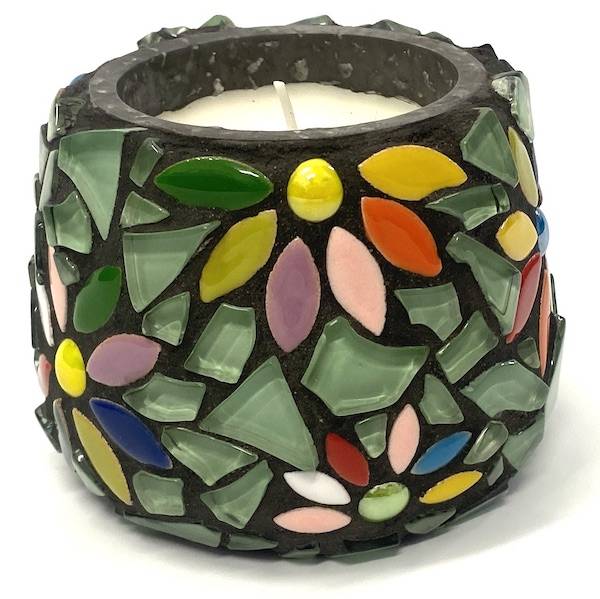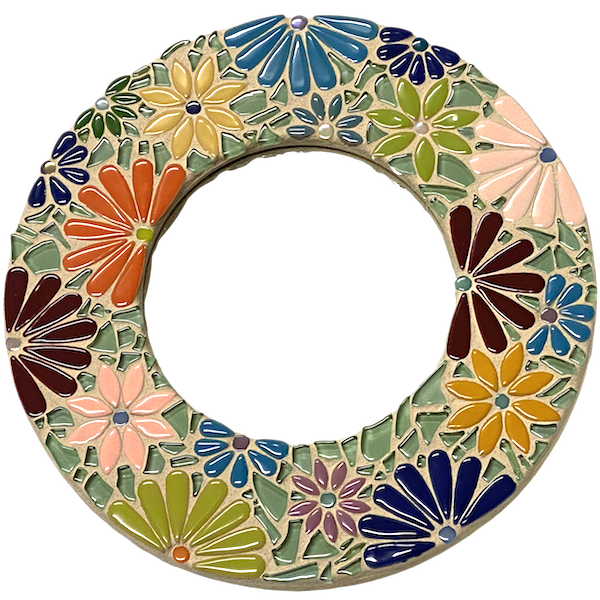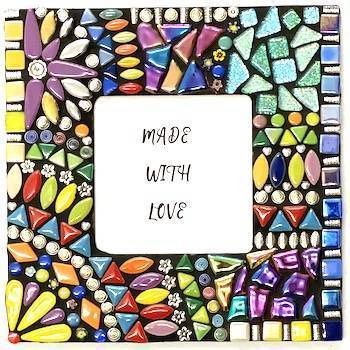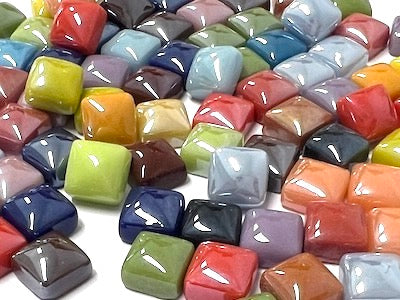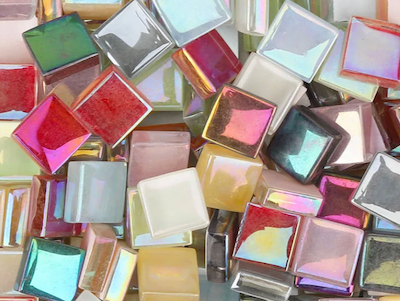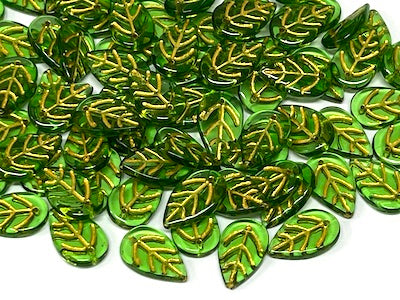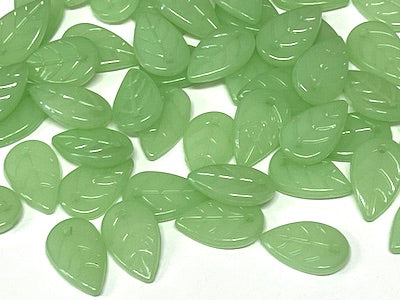MDF (Medium Density Fibreboard)
- Made from compressed and glued pieces of sawdust, it is dense and heavy and will not warp.
- Venerability to water damage can't be used for outdoor mosaics.
- The bonding agent used to make MDF pose health risks; a safety respirator should be used when cut.
- Popular for craft projects because it's easy to use and cheap.
- It can be primed or sealed before use.
|
|
|
PVA
Weldbond
Cement Based Adhesive
Liquid Nails
|
PLYWOOD
- Plywood is made from thin sheets of wood that are laminated together.
- Susceptible to water damage and not recommended in areas exposed to water.
- Plywood needs to be sealed. Seal the mosaic well and paint all surfaces that aren't mosaiced.
- Easy to cut and screw, able to be shaped into different forms, cost-effective, resistant to splitting and warping.
- It needs to be primed or sealed first.
|
|
|
PVA
Weldbond
Cement Based Adhesive
Liquid Nails
|
HARDWOOD
- It is not a good material for mosaics because of its vulnerability to moisture and decay. Do not use it on an outdoor mosaic.
- Wood can be used on small indoor mosaics such as mirrors or plaques.
- To prepare wood seal back and edges or paint.
- The bigger the mosaic, the thicker the wood must be to prevent it from warping.
- It needs to be primed or sealed first.
|
|
|
PVA
Weldbond
Cement Based Adhesive
Liquid Nails
|
TERRACOTTA
- A good choice for a mosaic base due to its weather resistance
- Ensure that the surface is cleaned and a coat of sealer is applied. Sealing the terracotta will help stop it from absorbing water from the adhesive and the grout from drying out too quickly.
- It needs to be primed or sealed first.
- A tacky adhesive is good for holding your tiles on curved surfaces (for example, a cement-based adhesive).
|
|
|
PVA & Weldbond - indoor projects
Cement based adhesive - outdoor projects
|
CEMENT / CONCRETE
- Excellent surface to mosaic, especially exterior mosaics.
- Robust, rigid and weatherproof.
- Stepping stones can be from wet cement poured into moulds or cement pavers.
- Tiles and tesserae can be laid directly into wet cement.
- It needs to be primed or sealed first.
|
|
|
|
GLASS
- Glass is highly effective when using transparent tiles.
- Clean the glass with methylated spirit before mosaicing.
- Ensure the glass tiles adhere with smooth side onto glass with plenty of clear silicone. Wipe away excess with a sharp object, and press down well to ensure no air bubbles.
|
|
|
Clear silicone
Weldbond Adhesive
Mac Glue
|
METAL
- Lightly score or rough up the metal surface before adhering the tiles.
- Check the metal surface for rust.
- Consider the weight of the mosaic when finished.
- Metal can expand and contract under temperature extremes, which may cause the grout to crack and tiles to fall off. Consider covering the metal with a wire mesh fixed with screws and then applying a coat of cement.
- Some examples of metal objects to mosaic: shovel, bath, pot, table & bucket.
- It needs to be keyed or roughed up and primed.
|
|
|
|
COMPRESSED FIBRE CEMENT (CFC)
- High-density fibre cement sheet
- Difficult and messy to cut
- Excellent for outdoor murals and tabletops
- Tough, durable substrate, will not warp, weather resistant
- Apply a coat of primer to help the adhesive take hold
|
|
|
Cement based adhesive (Thinset)
|
MARMOX
- A lightweight, economical substrate.
- Made from waterproof extruded polystyrene, faces with a fibreglass mesh embedded into a cement polymer on each side
- It is light and tough but can be cut with a sharp knife; no power tools are needed.
- Not prone to warping and waterproof, suitable for outdoors.
- To make Marmox waterproof, coat the edges in either cement or a cement-based adhesive.
|
|
|
Cement based adhesive (Thinset)
|
STYROFOAM FORMS
- Great for creating 3-dimensional shapes
- Don't use adhesives that contain solvents, as they will dissolve the styrofoam.
- Weldbond works well as an adhesive for indoor smaller-sized projects, with the tiles and tesserae being directly applied.
- For outdoor or larger projects, wrap the styrofoam form in wire mesh, then apply a layer of cement to serve as a base for the mosaic. The cement can also be applied directly to the form in smaller projects.
- Not suitable for outdoor projects unless covered with a protective layer.
- It can be coated in a layer of cement-based adhesive to give it extra rigidity and durability (important for outdoor mosaics).
|
|
|
Cement based adhesive (Thinset)
|
 1300 320 392
1300 320 392





